TGF-β / Smad Signaling
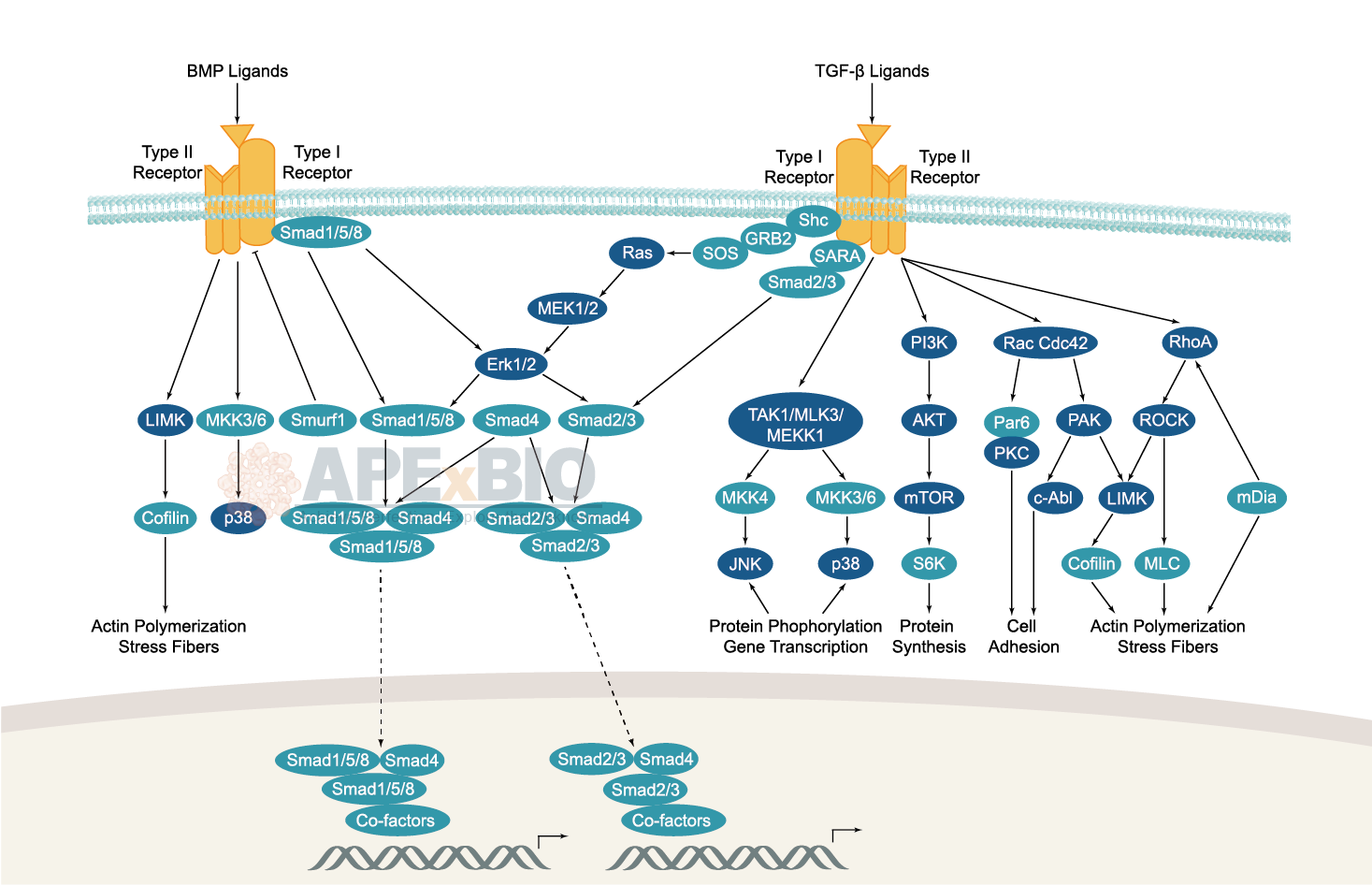
The TGF-β family is generally classified into two sub-families, TGF-β ligands, and bone morphogenic protein (BMP) ligands. In canonical signaling, receptor activation lead to phosphorylation of a group of transcription factors called Smads. TGF-β ligands bind to type II receptors (TGF-β II) which recruit and phosphorylate type I receptor (TGF-β I) on serine/threonine residues. The TGF-β I then recruits and phosphorylates a receptor regulated Smad (R-Smad). The R-Smad binds to the common Smad (Co-Smad) and forms a heterodimeric complex. This complex then translocates into the cell nucleus where it binds with nuclear co-factors to regulate the transcription of various target genes. Dysregulation of TGF-β/Smad signaling pathway is associated with a number of pathological conditions including fibrosis, cancer, immunodeficiency, diabetes and cardiovascular diseases etc.
-
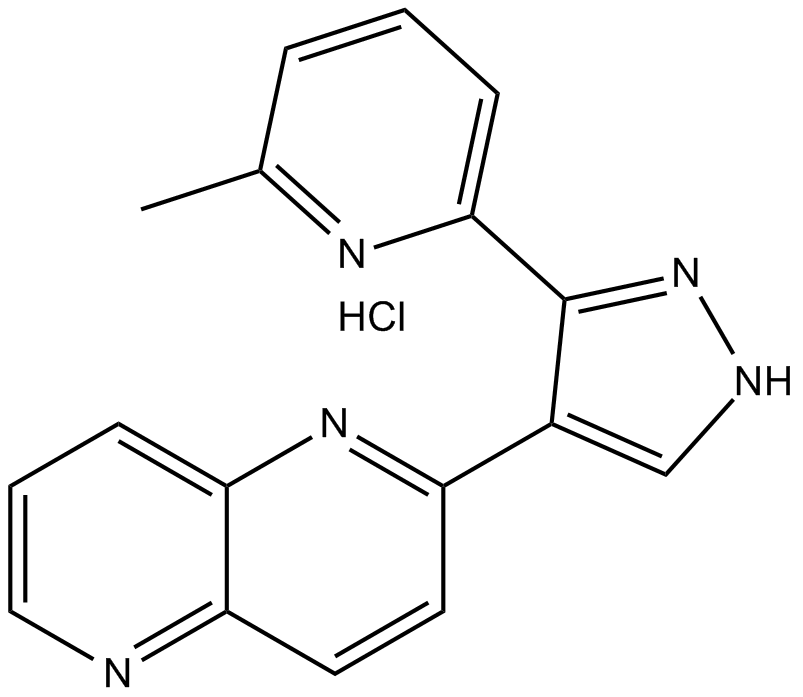 C3656 ALK5 Inhibitor II (hydrochloride)Summary: ALK5 inhibitor
C3656 ALK5 Inhibitor II (hydrochloride)Summary: ALK5 inhibitor -
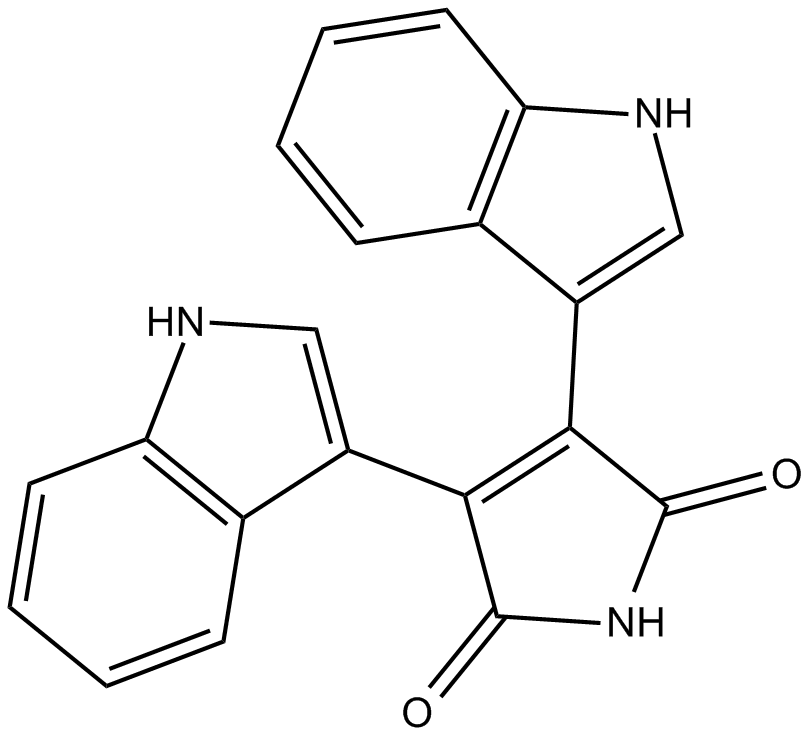 C4316 Bisindolylmaleimide IVSummary: protein kinase C (PKC) inhibitor
C4316 Bisindolylmaleimide IVSummary: protein kinase C (PKC) inhibitor -
 C4315 Bisindolylmaleimide VIII (acetate)Summary: protein kinase C (PKC) inhibitor
C4315 Bisindolylmaleimide VIII (acetate)Summary: protein kinase C (PKC) inhibitor -
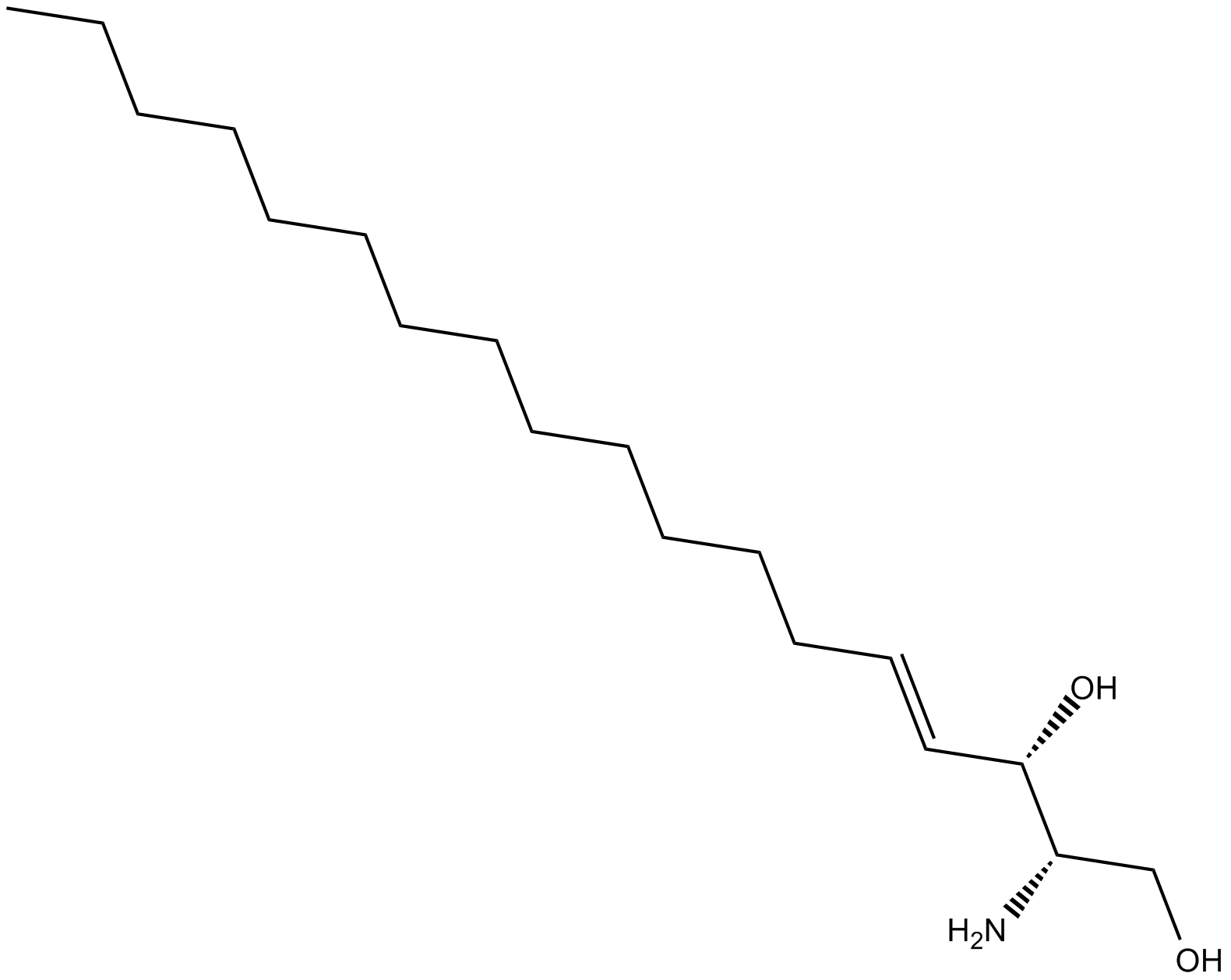 C4717 L-threo-Sphingosine C-18Summary: protein kinase C inhibitor
C4717 L-threo-Sphingosine C-18Summary: protein kinase C inhibitor -
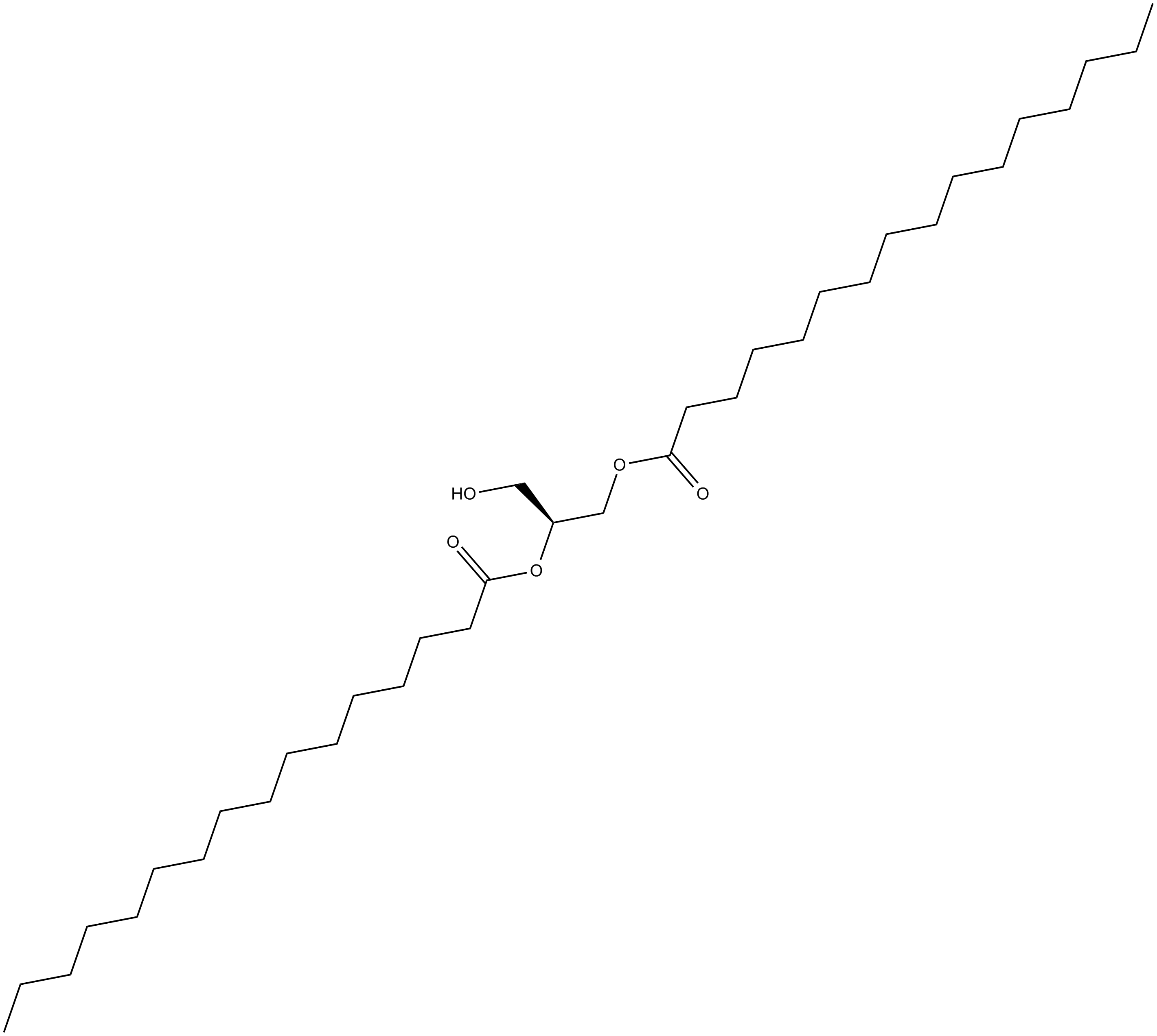 C4703 1,2-Dipalmitoyl-sn-glycerolSummary: weak activator of PKC
C4703 1,2-Dipalmitoyl-sn-glycerolSummary: weak activator of PKC -
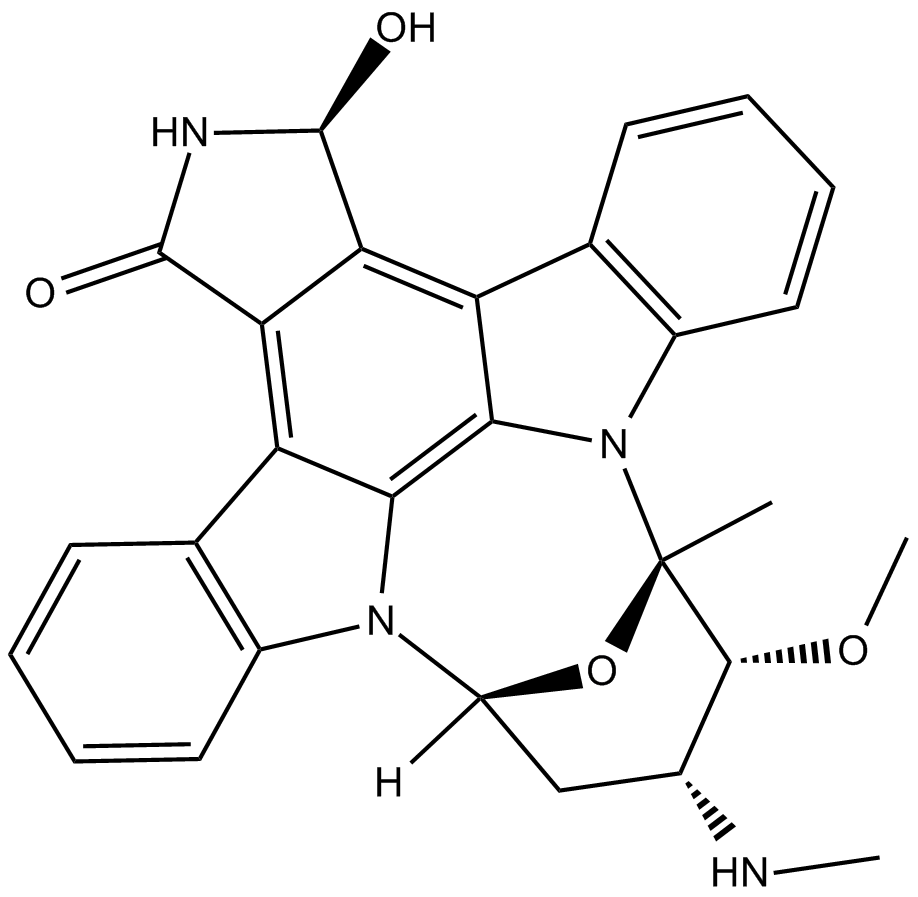 C4829 UCN-02Summary: protein kinase C inhibitor
C4829 UCN-02Summary: protein kinase C inhibitor -
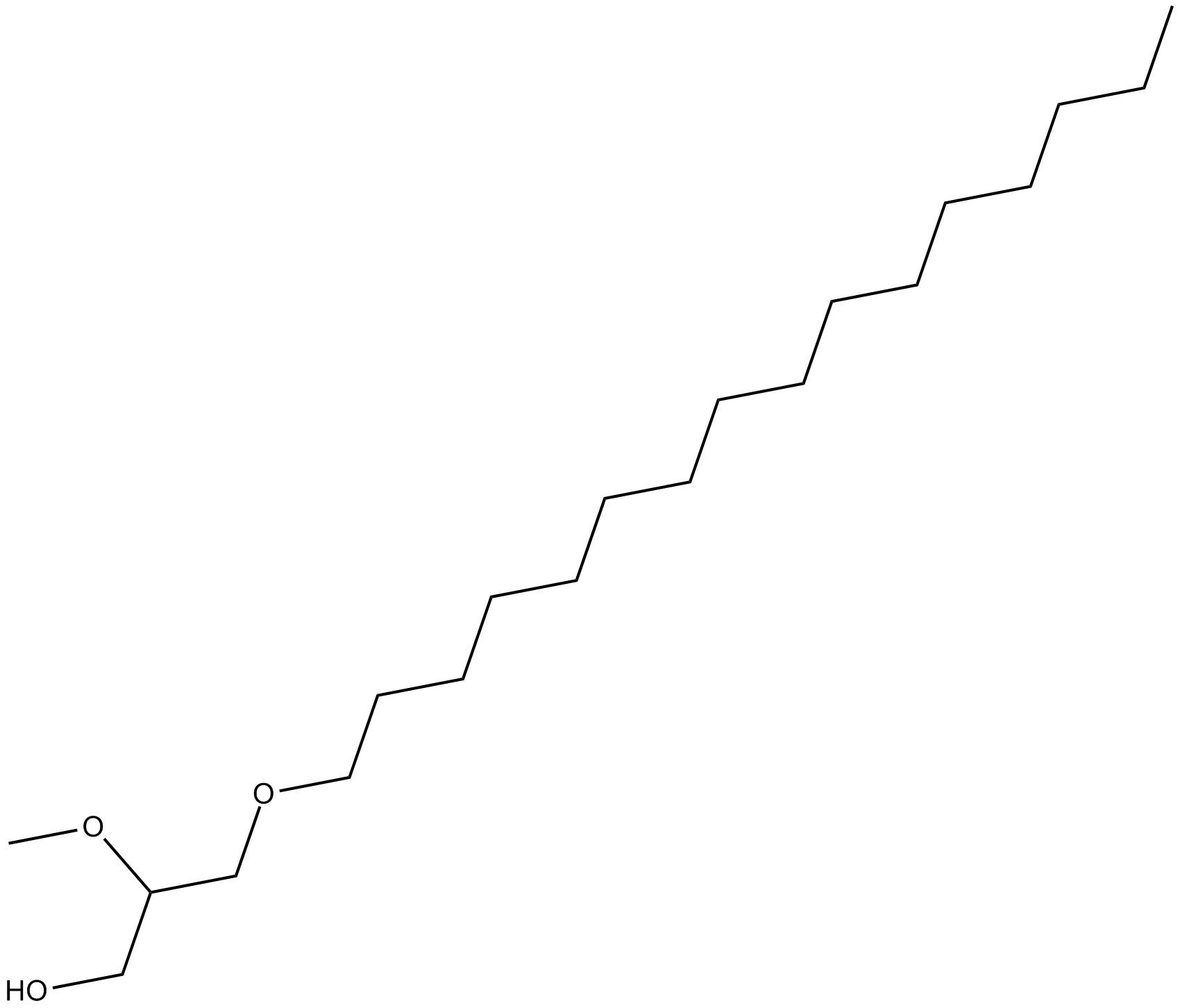 C5388 Hexadecyl Methyl GlycerolSummary: protein kinase C activity inhibitor
C5388 Hexadecyl Methyl GlycerolSummary: protein kinase C activity inhibitor -
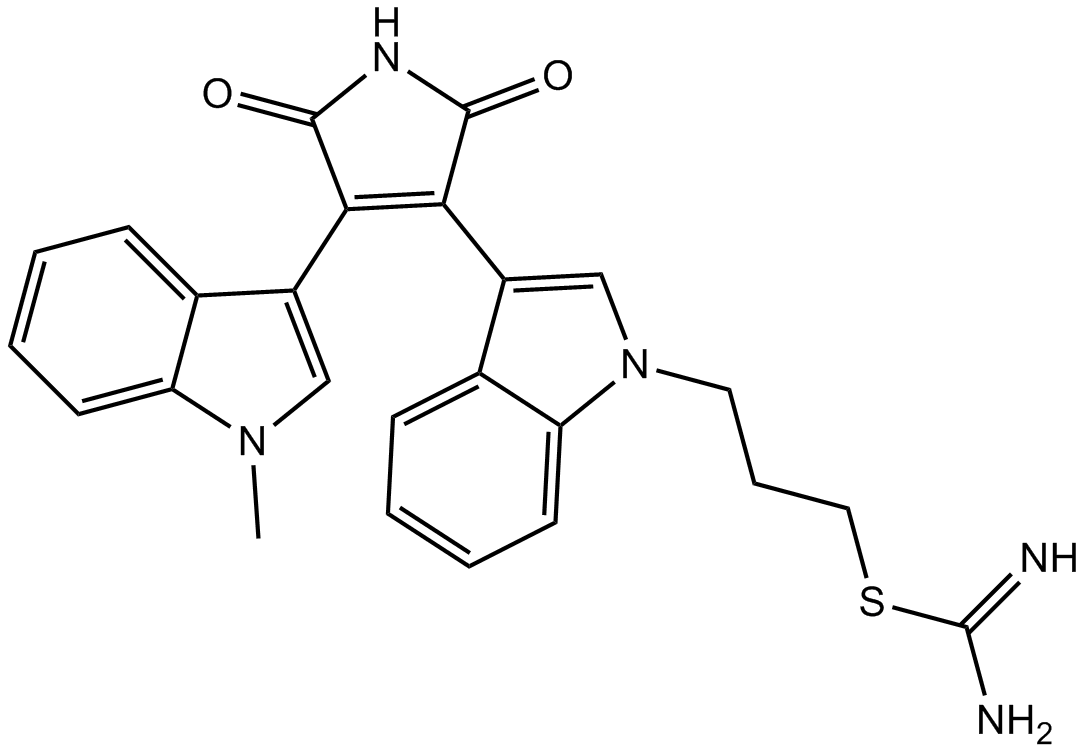 B1287 Ro 31-8220Target: PKCSummary: pan-PKC inhibitor
B1287 Ro 31-8220Target: PKCSummary: pan-PKC inhibitor -
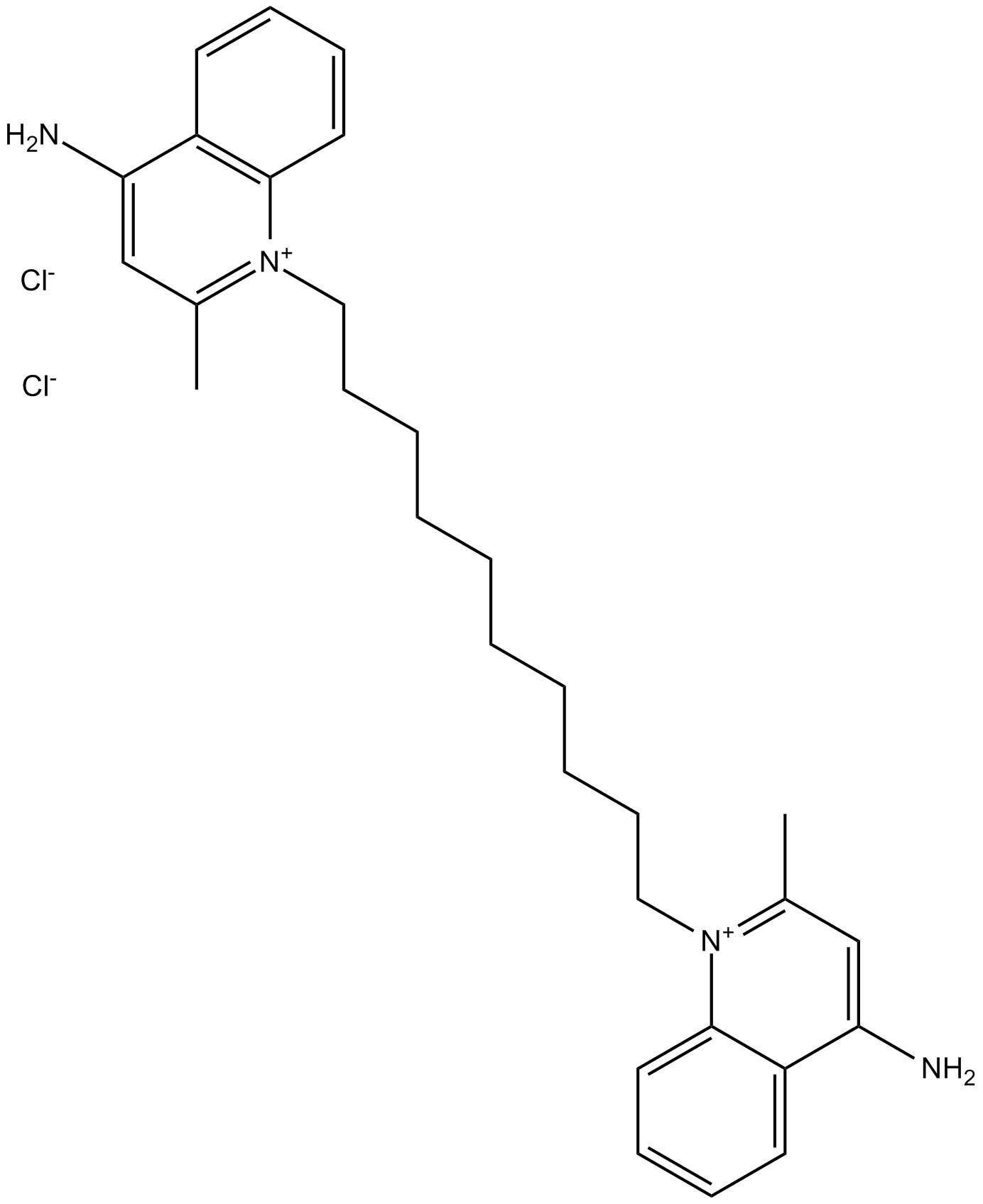 B2191 Dequalinium ChlorideTarget: PKC|Calcium-Activated Potassium (KCa) ChannelsSummary: anti-tumor agent and PKC inhibitor
B2191 Dequalinium ChlorideTarget: PKC|Calcium-Activated Potassium (KCa) ChannelsSummary: anti-tumor agent and PKC inhibitor -
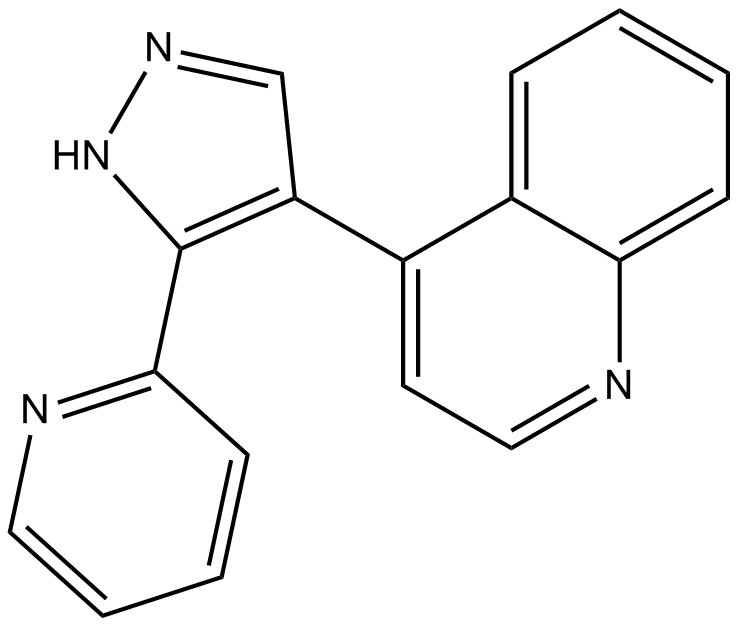 B2287 LY3649471 CitationSummary: inhibitor of TGF-β type I receptor kinase domain
B2287 LY3649471 CitationSummary: inhibitor of TGF-β type I receptor kinase domain

